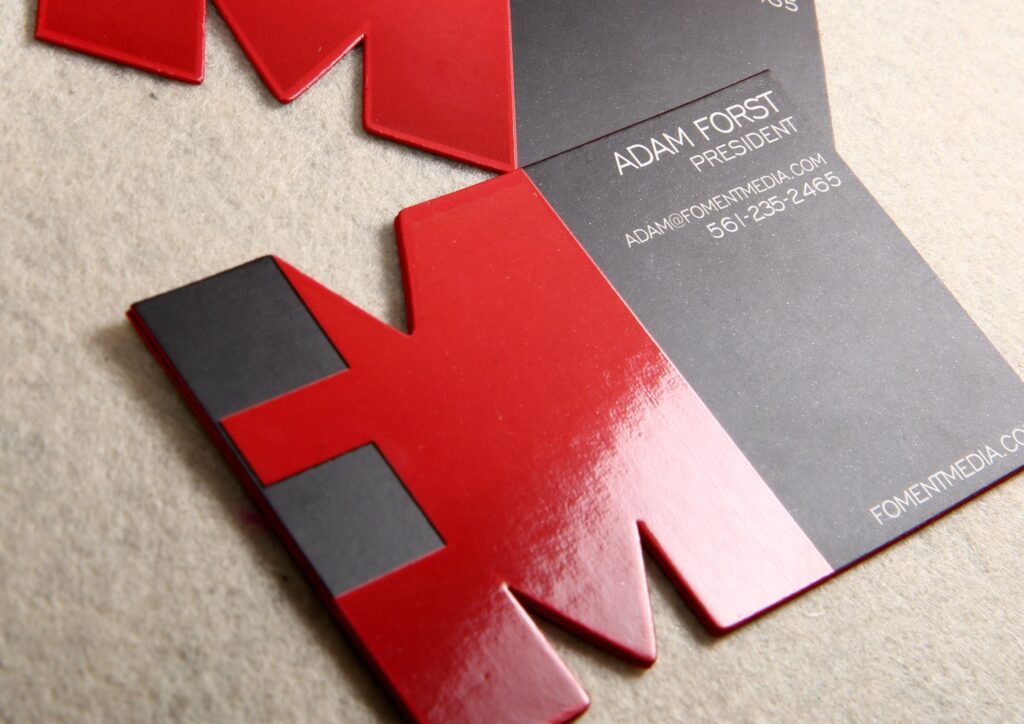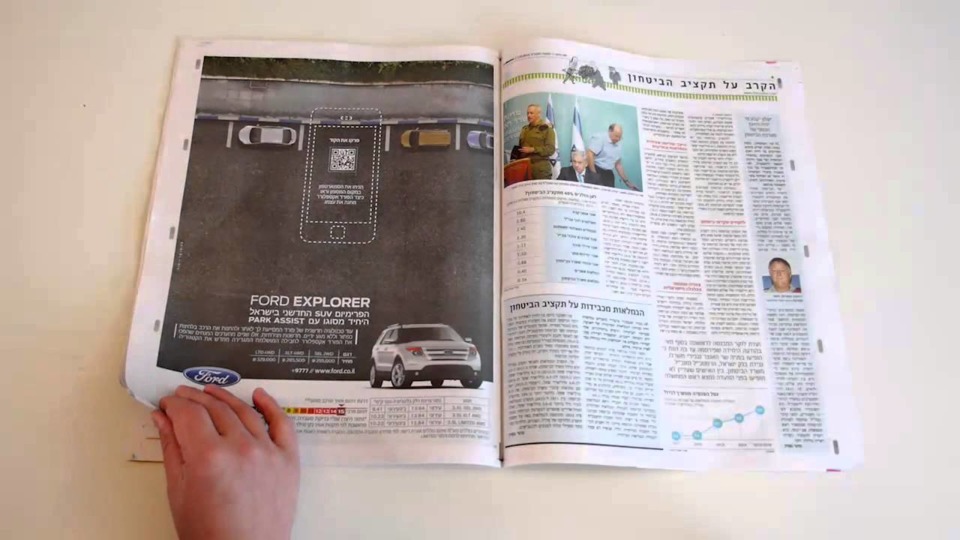Are you tired of your digital marketing efforts falling flat? It’s essential to maintain a balance between digital and printed marketing materials to attract potential customers effectively. Printed marketing materials are an essential part of the marketing process as they help create a lasting impression on the target audience. Unique and attention-grabbing printed marketing materials can leave a more significant impact than digital-only campaigns. Here are five creative ideas for printed marketing materials that can stand out and grab your audiences’ attention: custom presentation folders, appointment cards, yard signs, greeting cards, and loyalty cards. Each of these materials has a distinct design element that can make them a powerful tool in your marketing funnel. So, let’s dive into these five creative ideas for printed marketing materials to boost your marketing campaigns.
1. Die-Cut Shapes
Die-cut shapes are a creative way to make printed marketing materials stand out. Using this technique allows print houses to create unique and eye-catching designs for business cards, brochures, and other marketing collateral. Die-cut technology allows for precise and intricate cuts that wouldn’t be possible with traditional printing methods.
Adding die-cut shapes to marketing materials gives businesses the opportunity to make a lasting impression on potential customers. By creating something unique and attention-grabbing, businesses can set themselves apart from their competitors and leave a memorable impression. From custom shapes for business cards to intricate designs for brochures, die-cutting offers a wide range of options to create effective and unique marketing pieces.

2. Unique Paper Stock
Unique paper stock is a creative way to make print marketing materials stand out. Using materials that are durable, textured, or reflective can complement your brand values and message. For instance, if you want to convey a sense of sophistication and elegance, you can use metallic or pearl paper stock. The texture of the paper can also add a tactile element to your marketing materials, with options ranging from linen to felt or even leather textures.
Unique paper stock can set your marketing materials apart from those of your competitors due to its distinctive look and feel. It catches the viewer’s eye more quickly and makes a more memorable impression. While competitors may be using standard, generic paper stock, your materials will be different and more impactful.
Furthermore, unique paper stock enhances the overall impact of your marketing materials. It can make them feel higher-end, more luxurious, more impressive, or even more serious, depending on your brand message. When combined with other design elements, such as colors and graphics, your materials will create a lasting impression on prospective customers.
3. Interactive Elements
Incorporating interactive elements in print materials can be a game-changer for businesses looking to engage with their audience and connect them to their digital presence. QR codes, augmented reality, and scratch-off elements are some examples of interactive print solutions that can help achieve this.
QR codes are versatile and easy to incorporate into print materials like business cards, brochures, and postcards. Scanning the code with a smartphone camera leads customers to a designated landing page, such as a website, social media profile, or event registration page.
Augmented reality involves layering digital elements onto physical print materials. For example, a brochure about a new car model might allow customers to see a 3D model of the car when viewed through a smartphone camera. This can be a highly engaging way to showcase products and services.
Scratch-off elements can also add a fun and interactive element to print materials, especially for promotional campaigns or limited-time offers. Customers can scratch off an area on the print material to reveal a discount code, secret message, or prize.
To explore options for incorporating interactive elements into print materials, businesses can consult with commercial printing experts like Disc Pro Graphics. They can suggest unique and creative interactive print solutions that align with marketing goals and engage the target audience.

4. Embellishments
Embellishments are design elements that enhance the visual appeal of print marketing materials and make them stand out. Foiling, embossing, debossing, spot UV coating, and die-cutting are some popular embellishments that can add uniqueness and sophistication to marketing collateral.
Foiling is the process of adding a shiny metallic finish to specific areas of a design. This effect can be used to highlight important elements such as fonts, logos, or images and create a luxurious and premium look.
Embossing involves raising certain parts of a design to create a three-dimensional effect. This can be used to add texture and depth to the design and make it eye-catching.
Debossing is the opposite of embossing, where certain parts of a design are recessed into the paper to create a sunken effect. This can be used to add a subtle and elegant touch to the design.
Spot UV coating is a glossy finish applied to specific areas of a design. This effect can be used to highlight certain elements of the design and make them stand out, such as text, images, or logos.
Die-cutting involves cutting the paper in specific shapes or patterns. This can be used to create unique shapes that are not possible with a regular cut and make the design more memorable.
By incorporating these embellishments into print marketing materials, businesses can increase the impact of their marketing message and create a lasting impression on their target audience.
5. Custom Illustrations
Custom illustrations are a great way to enhance the visual appeal of print marketing materials. Using custom illustrations can help to make your marketing materials stand out and convey complex messages in a simple and visually compelling way. Here are five creative ideas for incorporating custom illustrations into your print marketing materials:
1. Infographics: Infographics are a popular and effective way to communicate complex data or information in a visually compelling way. Incorporating custom illustrations into infographics can help to make them more engaging and memorable.
2. Brochures: Custom illustrations can be used to showcase products or services in a visually appealing way. They can also be used to create memorable covers or to break up large blocks of text in the brochure.
3. Postcards: Postcards are great promotional items that can be mailed to prospective customers. Adding custom illustrations to the design can make them more memorable and encourage recipients to take action.
4. Flyers: Flyers can be used to promote events, products, or services. Custom illustrations can help to catch the viewer’s attention and make the flyer stand out from other marketing materials.
5. Business cards: Incorporating custom illustrations into the design of business cards can help to create a unique and memorable visual identity. Custom illustrations can be used to highlight important information, such as the company logo or the individual’s contact information.

Conclusion
In order to effectively convert potential customers into loyal customers, it is crucial to create compelling marketing collateral for both the consideration and decision stages of the marketing funnel. At these stages, prospects are considering their options and weighing the advantages of different offerings, making it essential to showcase the unique advantages of your product or service. Successful marketing collateral should prove company success with past clients and highlight the benefits and features that set your offering apart from competitors. Overall, investing in effective marketing collateral is a crucial component of a successful marketing process and can greatly impact the success and growth of a business.
